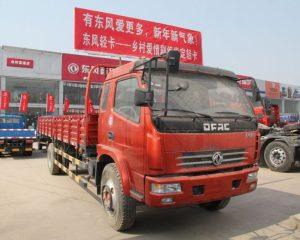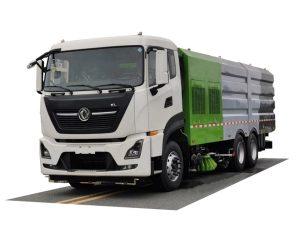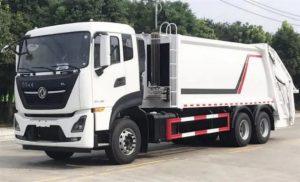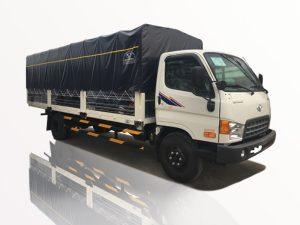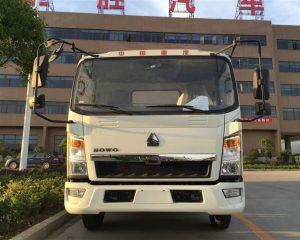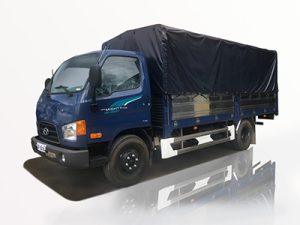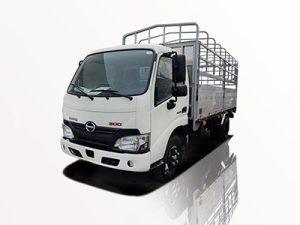Monday to Saturday - 8:00 -17:30
A Comprehensive Guide to Aerial Ladder Trucks
Aerial ladder trucks are essential firefighting tools designed to assist in rescue operations, enable firefighters to reach elevated areas, and provide a strategic advantage during emergency situations. This article explores the features, types, operational procedures, and benefits of aerial ladder trucks, as well as practical tips for their use and maintenance. Whether you’re a firefighting professional or just interested in learning more about these crucial vehicles, this guide provides everything you need to know about aerial ladder trucks.
Understanding Aerial Ladder Trucks
What is an Aerial Ladder Truck?
An aerial ladder truck, often referred to as a ladder truck, is a specialized fire apparatus equipped with an extendable ladder mounted on a truck chassis. These vehicles are designed primarily for firefighting, rescue operations, and providing ventilation during fires. Aerial ladder trucks can extend to various heights, allowing firefighters to reach upper floors of buildings and perform rescues in challenging conditions.
Components of Aerial Ladder Trucks
Aerial ladder trucks consist of several key components that enhance their functionality:
- Chassis: The vehicle’s base, which provides stability and support for aerial operations.
- Extendable Ladder: The main feature, which can articulate or extend horizontally and vertically.
- Water Stream Devices: Often equipped with monitors to deliver water from a height.
- Stabilizers: Outriggers that provide additional support when the ladder is extended.
- Control Systems: Either manual or remote, allowing operators to maneuver the ladder accurately.
Types of Aerial Ladder Trucks
1. Rear-Mount Ladder Trucks
Rear-mount ladder trucks have the ladder mounted at the back of the vehicle. This design allows for a tighter turning radius and improved maneuverability, making them ideal for urban environments.
2. Platform Aerials
Platform aerials feature a bucket or platform at the end of the ladder, which can accommodate multiple firefighters or equipment. This type is advantageous for rescue and firefighting operations where a group response is necessary.
3. Mid-Mount Ladder Trucks
Mid-mount ladder trucks have the ladder positioned over the chassis, providing better stability. These trucks usually have a smaller profile and are easier to navigate in confined spaces.
4. Articulating Aerials
Articulating ladder trucks have a unique joint in the middle of the ladder that allows it to bend. This flexibility enables the ladder to reach challenging locations, such as over roofs or other obstacles.
Key Features of Aerial Ladder Trucks
Height and Reach
Aerial ladder trucks come in various lengths, typically ranging from 75 to 100 feet. Some specialized units can reach even higher. The height and reach must be adequate for the buildings in the service area to ensure effective operation.
Water Delivery Capabilities
Most aerial ladder trucks are equipped with pumps and hoses that allow them to deliver water to fires from an elevated position. They can often provide substantial water flow rates, critical during significant fire events.
Versatility
Aerial ladder trucks can be utilized for various functions, including:
- Firefighting
- Rescue operations
- Ventilation
- Search and recovery
Operational Procedures for Aerial Ladder Trucks
1. Pre-Operation Checks
Conduct thorough pre-operation inspections to ensure the truck is in good working order. This includes checking the ladder, stabilizers, water supply, and emergency systems. Documenting these checks is vital for accountability and safety.
2. Setting Up the Truck
When arriving at the scene, the operator should assess the location and determine the best positioning for the truck. Outriggers must be deployed to stabilize the truck and prevent tipping during operations.
Positioning Guidelines
Follow these guidelines for optimal positioning:
- Ensure the area is clear of power lines
- Position the truck as close to the building as possible
- Deploy stabilizers on firm ground
3. Ladder Operation
Once the truck is set up, the operator can extend the ladder to the desired height. Familiarize yourself with the control mechanisms, whether manual or electronic. Always maintain clear communication with crew members during operations.
4. Water Delivery and Rescue Operations
After reaching the necessary height, the water delivery devices can be engaged to combat the fire effectively. For rescue operations, ensure the platform or ladder is secure before bringing individuals down safely.
Benefits of Aerial Ladder Trucks
Enhanced Safety
Aerial ladder trucks greatly enhance safety during fire emergencies by providing an effective means of access to upper levels of buildings. Firefighters can perform rescues without putting themselves at added risk.
Improved Firefighting Efficiency
With the ability to deliver water from above, aerial ladder trucks can control and suppress fires more effectively. This helps to prevent the spread of fire and reduce damage to the structure.
Multi-Purpose Utility
These trucks are not limited to firefighting alone. They are invaluable during natural disasters, search and rescue operations, and hazmat incidents, showcasing their versatility in various emergency situations.
Practical Examples and Tips
Case Study 1: Urban Apartment Fire
In a high-rise apartment fire, a rear-mount ladder truck was deployed to reach the upper floors where residents were trapped. The operators quickly positioned the truck, extended the ladder, and safely evacuated residents while suppressing the fire from above.
Case Study 2: Rescue from Industrial Site
An articulating aerial ladder truck was utilized at an industrial site where workers were stranded due to an explosion. The truck navigated around obstacles and positioned the ladder for safe evacuation, demonstrating its effectiveness in complex environments.
Tips for Maintenance and Care
- Conduct regular inspections according to the manufacturer’s guidelines.
- Keep all moving parts lubricated and free from obstructions.
- Perform routine maintenance on the water pumps and delivery systems.
- Train all personnel on the proper use and safety protocols of aerial ladder trucks.
Frequently Asked Questions (FAQs)
1. What is the primary function of an aerial ladder truck?
The primary function of an aerial ladder truck is to provide firefighters with the ability to reach elevated locations during firefighting, rescue, and emergency operations.
2. How high can aerial ladder trucks reach?
Aerial ladder trucks typically range in height from 75 to 100 feet, but some specialized units can exceed these heights to accommodate taller structures.
3. Are aerial ladder trucks only used for firefighting?
No, while aerial ladder trucks are primarily designed for firefighting, they are also used for rescue operations, hazardous material clean-up, and ventilation efforts.
4. How often should aerial ladder trucks be inspected?
Aerial ladder trucks should be inspected regularly, ideally before each use and according to a set schedule established by the fire department or manufacturer.
5. What safety measures need to be taken when operating an aerial ladder truck?
Key safety measures include ensuring proper truck positioning, deploying stabilizers, maintaining communication with team members, and conducting pre-operation checks.
6. Can anyone operate an aerial ladder truck?
No; only trained firefighters with specific certifications and knowledge of aerial operations should operate these trucks to ensure safety and efficacy.


